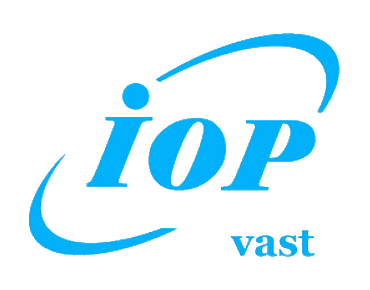Hoạt động khoa học
Seminar
|
Seminar Trung tâm Vật lý quốc tế: | |
| Tên báo cáo | Numerical modeling of wave propagation in complex media: application to bone diagnostics |
|---|---|
| Người trình bày | TS. Vu-Hieu Nguyen |
| Cơ quan | Université Paris-Est Créteil Val de Marne Faculté des Sciences et Technologie Laboratoire Modélisation et Simulation Multi Echelle |
| Ngày | Thứ Ba, 13-08-2024 |
| Giờ | 10:00 AM |
| Địa điểm | Phòng 312A, 10 Đào Tấn, Ba Đình, Hà Nội |
| Tóm tắt | Bone is complex composite multiscale anisotropic material. At the scale of 1–10 µm, bone is constituted by the collagen fibers and extrafibrillar spaces. At the scale of several hundred µm to several mm, the microstructure depends on the type of bone structure. Moreover, the pore space in bone tissue is filled by viscous fluid, making bone tissues behave like multi-physics materials. Osteoporosis is a disease characterized by low bone mass and microarchitectural deterioration of bone tissue, leading to enhanced bone fragility and susceptibility to fractures. Assessment of in vivo bone condition is one of the research areas, which have attracted many biomedical engineers and orthopedic clinicians in recent times. Among the common methods, Qualitative Ultrasound (QUS)-based technique, which has been widely used for the non-destructive evaluation of composite materials, is an attractive option in the field of bone tissue diagnosis since they are non-invasive, safe, portable and low cost. The objective of this presentation is to show how the advanced modeling and computational methods could improve the precision and the efficiency of QUS methods for predicting the quality of bone tissues. Two applications will be presented. First, we will present some developments of numerical methods for the simulation of Axial Transmission QUS technique used for the assessment of cortical long bones under osteoporosis risks, which are determined by numerous mechanical, micro-structural, and geometrical or macro-structural bone properties like hardness, porosity and cortical thickness. Second example concerns the use of QUS for predicting the primary and secondary stabilities of dental implants, which have been shown to strongly depend on the biomechanical properties of the bone-implant interface and of the newformed bone tissue located around 200 µm from the implant surface. BiographyVu-Hieu Nguyen is an Associate Professor of Mechanics at University of Paris-Est Créteil. He received his BS (1996) from Hanoi University of Civil Engineering, his MS (1998) from Ecole Centrale Paris, and his PhD (2002) from the “Ecole Nationale des Ponts et Chaussées” (France) in dynamics of structures. His current research interests include theoretical modeling and simulation methods of dynamic phenomena in multiphysics and coupled systems, with a special emphasis on orthopedic applications. He has published over 90 papers in peer-review journals and currently is an associate editor of Journal of Mechanics in Medicine and Biology. |
| Người chủ trì | Nguyễn Thị Lâm Hoài |
| File đính kèm | se266.doc |
